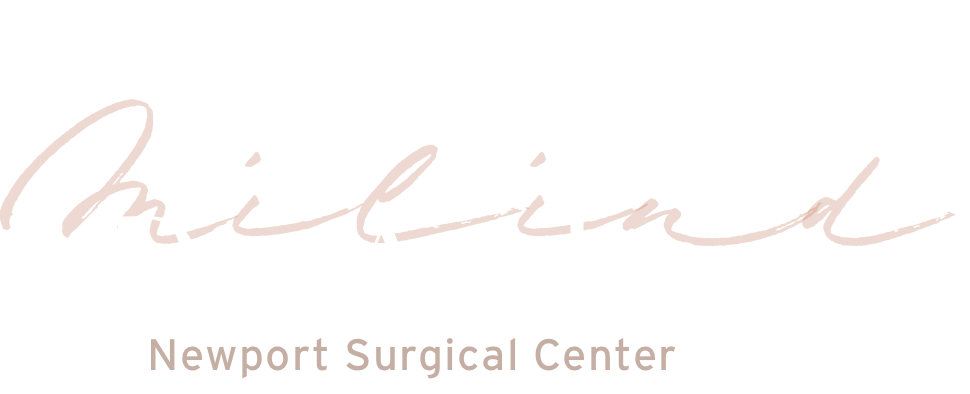 Rhinoplasty, commonly referred to as a nose job, is the art of restructuring your nose to achieve your aesthetic potential. It’s an art form, a procedure in which the plastic surgeon sculpts a human canvas to achieve its maximum beauty. The dramatic changes can be nothing short of amazing.
Rhinoplasty, commonly referred to as a nose job, is the art of restructuring your nose to achieve your aesthetic potential. It’s an art form, a procedure in which the plastic surgeon sculpts a human canvas to achieve its maximum beauty. The dramatic changes can be nothing short of amazing.
A nose job can reduce or increase the size of your nose, change the shape of the tip or the bridge, narrow the span of the nostrils, or change the angle between your nose and your upper lip. It may also correct a birth defect, injury or help relieve some breathing problems.
Because every person is unique, not one type of rhinoplasty works for everyone. There are no broad strokes in this industry. The skilled plastic surgeon caters their techniques to fit different types of people with different noses and needs. With years of experience, I have successfully performed countless nose reconstruction surgeries for clients. Rhinoplasty worked for them, and it can work for you too. But first it’s important to understand the different types.
Reconstructive
When your nose is broken in a car accident, sporting event or from other trauma, your bones, nerves, skin, cartilage and even nasal lining can be skewed or disjointed. I realize how important it is for you to return to your normal look. With the use of before and after pictures I return your nose to its original shape and look, and if you want, even enhance any post-trauma flaws.
Tip Correction
Tip Rhinoplasty is essentially the process of improving the tip of your nose. Often called Tip-plasty, this procedure works best for people with bulbous or drooping tips who want to refine their look with precision. The dropping tip can be rotated slightly upward and the bulbous tip can be trimmed inward.
Bridge Correction
Bridge Rhinoplasty focuses on the bridge of your nose, located in the center. Typically performed for cosmetic reasons, this procedure is also common for reconstructive purposes. It may also improve breathing.
Hump Correction
Hump Rhinoplasty is typically the route you take when you want to remove the lump, or hump, on the bridge of your nose. Having a hump is not uncommon, but many people prefer it removed. Once removed, your nose has a more smooth and contoured shape that offers stronger aesthetic value. While there are several ways of removing this hump, no one way is correct. It is best to have a consultation to discover which avenue is best for you.
Projected Nose
Various reasons cause your nose to stick out farther than you wish. Sometimes the tip is too large. Other times the nose itself is too large, causing the tip to project out longer than you like. When the tip is too large, the same basic techniques previously discussed are used to reduce its size. When it’s the actual body of your nose that is too large, we can reduce the overall size of your nose, which brings the tip closer to your face. When elements of both problems exist we can do a combination procedure to both reduce the tip and the nose for a more appealing look.
During each process we even can decrease the length of your nostrils. Ultimately the procedure depends on the reasons why your nose is projected. The correct route to take will be determined during a consultation.
Birth Defects
Sometimes you might be born with a birth defect that deforms your nose. The size or position of your nose might be disproportionate, or the skin and underlying nasal structure may be distorted. In each instance we can examine the structure of your nose, and work with you to achieve the results you want.
Asymmetrical Features
Ideally, the nose should be aligned in the center of your face, moving vertically in a straight line. However, this isn’t always the case. Often times, a nose can be crooked or misaligned. Straightening the nose may be difficult, but major medical improvement and techniques have made it possible.
Cleft Lip Correction
Traditionally cleft lip deformities primarily affect the lip and upper roof of the mouth, but occasionally adverse effects can extend to the nose. While doctors often take strides to address nose related issues in those born with cleft lips, as patients grow older they may still have asymmetrical nasal bases or short and under-projected noses. In those instances, rhinoplasty can help.
While these types of procedures are among the most common, you may have a unique situation that you need addressed. At a consultation, we will sit down with you to discuss the look you ultimately seek and advise you of additional options if necessary. Rhinoplasty can help you achieve your aesthetic desires.


